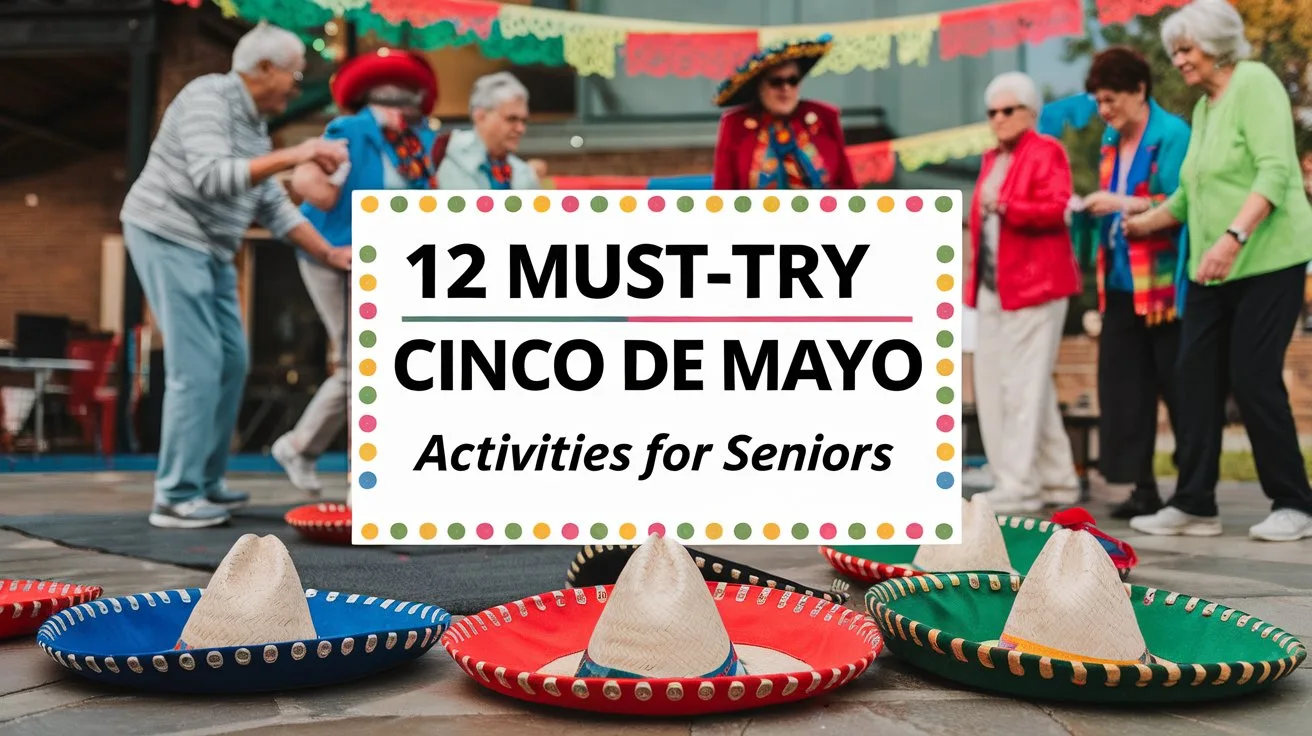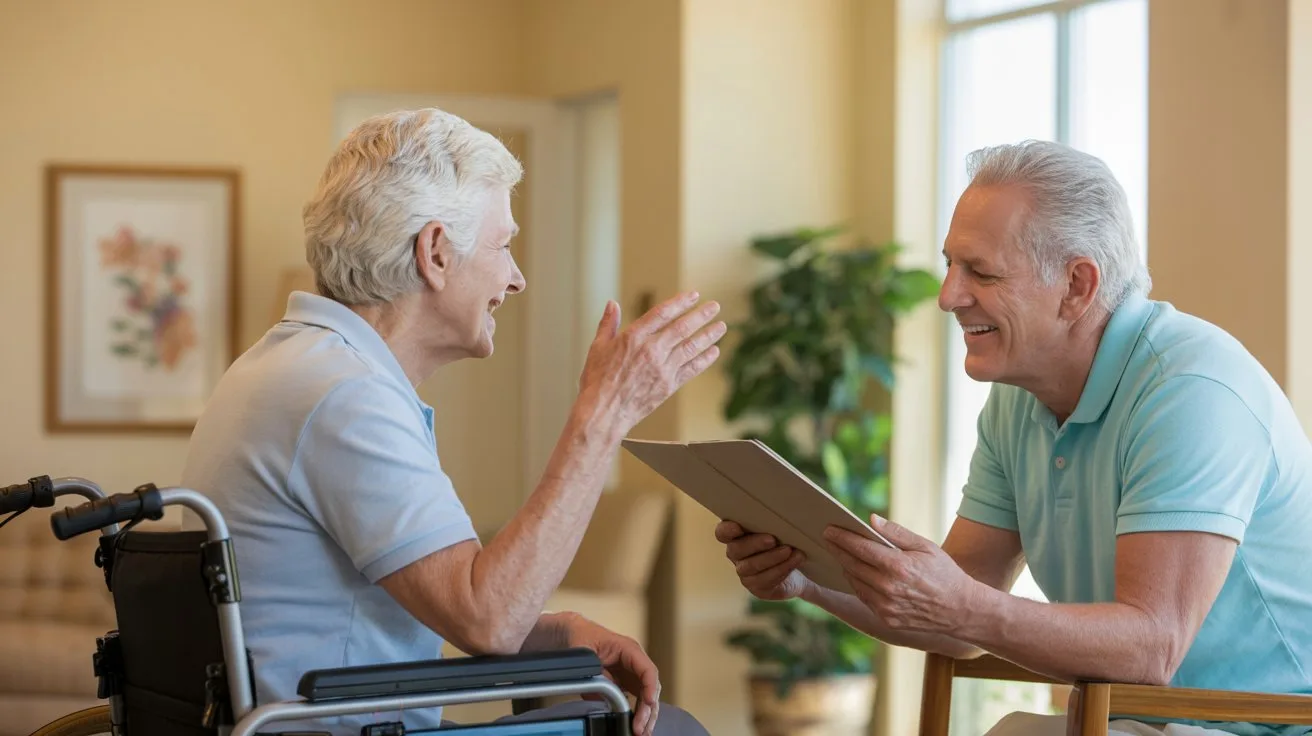Cinco de Mayo offers a fantastic opportunity to celebrate Mexican culture and bring joy to seniors! These culturally-themed activities are designed to stimulate minds, bodies, and spirits, fostering engagement and happiness.
Ready to revolutionize your Cinco de Mayo celebration this year? Let’s dive into 12 activities that seniors will genuinely love (and that you’ll find surprisingly easy to implement).
1. DIY Maracas Music Session
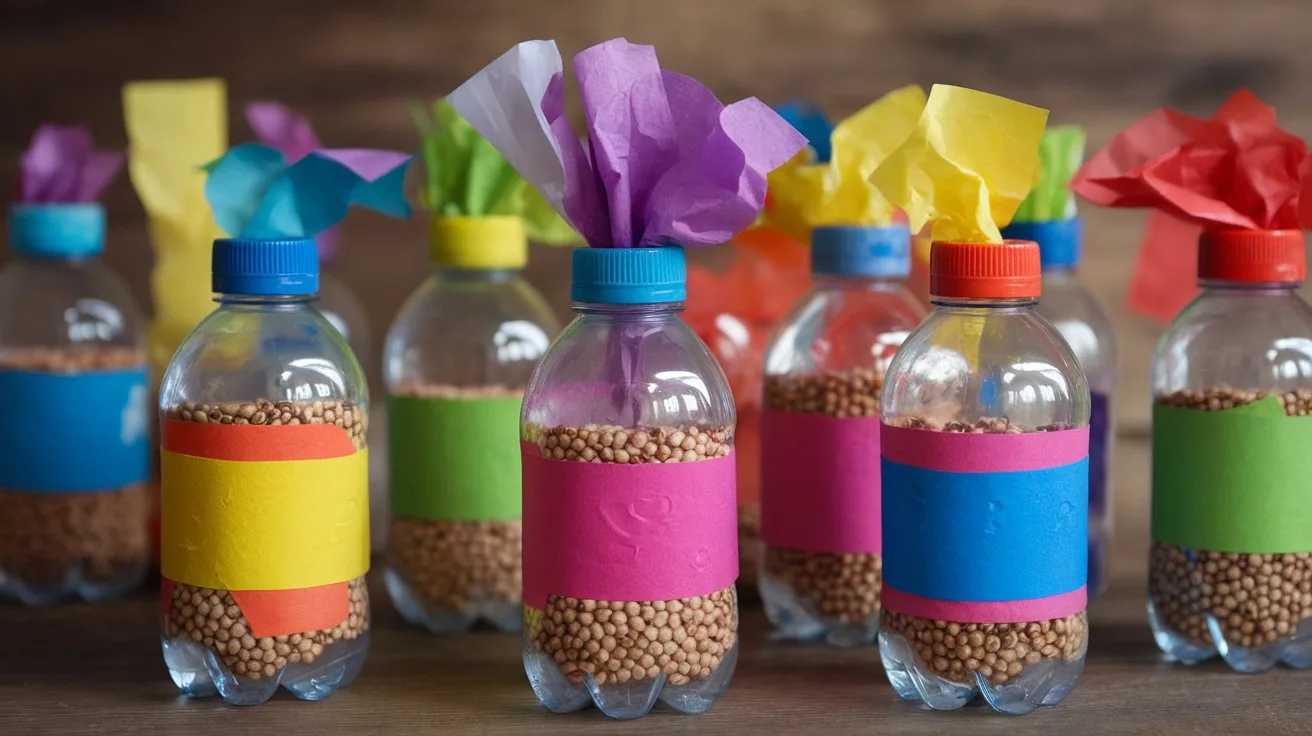
How to do it: Fill small plastic water bottles with dried beans or rice, secure the tops with colorful duct tape, and decorate with bright tissue paper or paint. Once everyone has their instrument, play traditional Mexican music and encourage gentle rhythmic movement.
(Pro tip: For seniors with arthritis, pre-make the maracas but leave the decorating to them – it preserves their dignity while still allowing creative expression.)
Why it works: Music therapy, which includes activities like playing instruments and moving to music, is a well-established intervention for older adults. Research published in the Journal of Alzheimer’s Disease highlights that music can stimulate multiple brain regions simultaneously, potentially improving cognitive function and mood in individuals with dementia. Studies also show that musical engagement can reduce anxiety levels in seniors by up to 25%.
2. Sensory Spice Exploration

You wouldn’t believe how powerful familiar scents can be for triggering memories. This activity creates powerful sensory connections while introducing seniors to the backbone of Mexican cuisine.
How to do it: Create small containers of Mexican spices like cinnamon, cumin, oregano, and chile powder. Guide seniors through smelling each one, describing memories or foods it reminds them of, and learning about its role in Mexican cooking.
Why it works: Sensory activities can be highly stimulating and restorative. Research published in the American Journal of Alzheimer’s Disease & Other Dementias demonstrates that sensory engagement can trigger vivid memories, providing comfort and promoting social interaction. The olfactory system, in particular, is closely linked to the brain’s memory centers, with studies indicating that certain scents can even stimulate the recall of long-lost memories.
3. Chair-Based Mexican Hat Dance
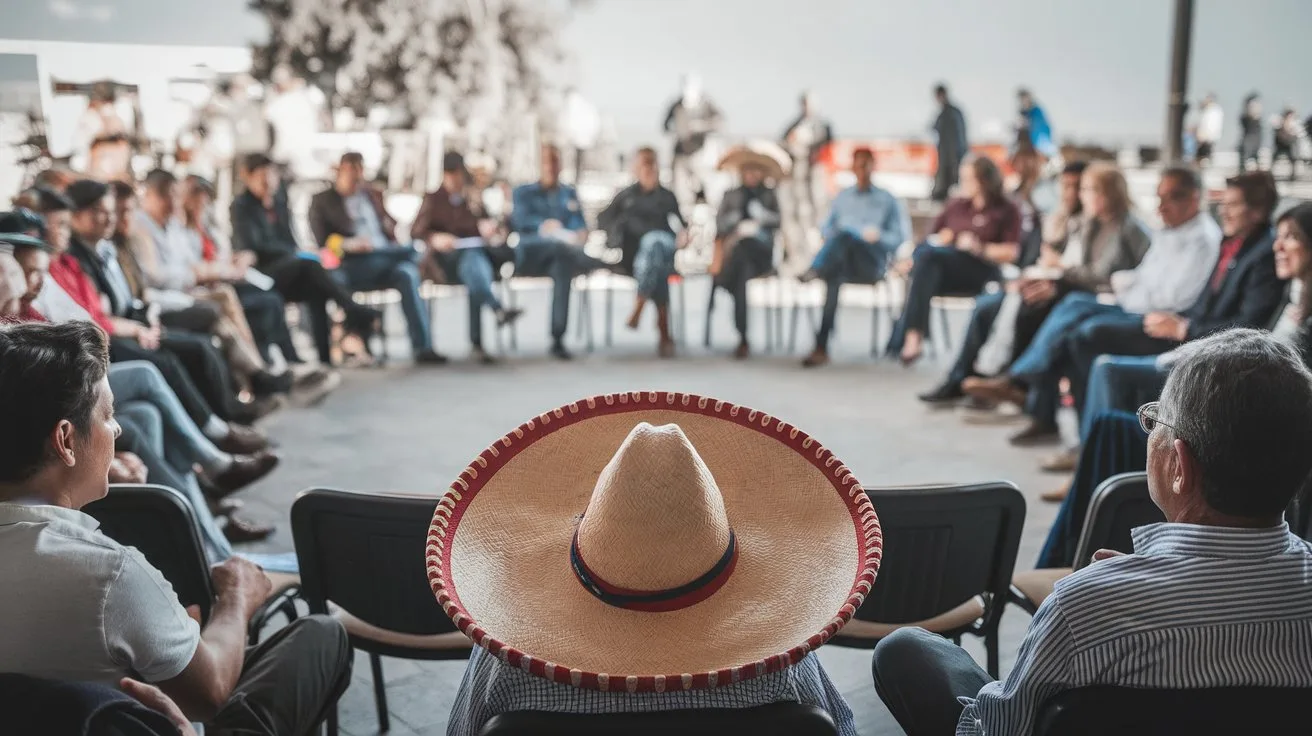
How to do it: Arrange chairs in a circle and play “Jarabe Tapatío” (the Mexican Hat Dance music). Demonstrate simple seated movements like clapping patterns, gentle foot tapping, and arm movements that mirror traditional dance steps. Pass a sombrero around the circle during musical interludes.
Why it works: Modified dance exercises, such as chair-based routines, offer a safe and accessible way to increase physical activity. Studies from the Journal of Aging and Physical Activity indicate that regular exercise, even in modified forms, can improve balance and muscle strength in older adults. Further, dance promotes social interaction and the release of endorphins, boosting mood and reducing the risk of falls.
4. Build-Your-Own Taco Bar (With a Twist)

Food is the universal language.
How to do it: Set up a taco bar with soft tortillas and pre-chopped ingredients in accessible containers. The twist? Include ingredient cards that explain the cultural history of each item. For example, “Avocados have been cultivated in Mexico for over 10,000 years and were considered symbols of love and fertility.”
Why it works: Food-related activities have wide appeal and promote socialization. Research consistently highlights that eating together is a cornerstone of community building, but it can also be a powerful vehicle for cognitive engagement. The ingredient cards can enhance learning and promote cognitive health.
5. Mexican Lotería (Bingo with a Cultural Twist)
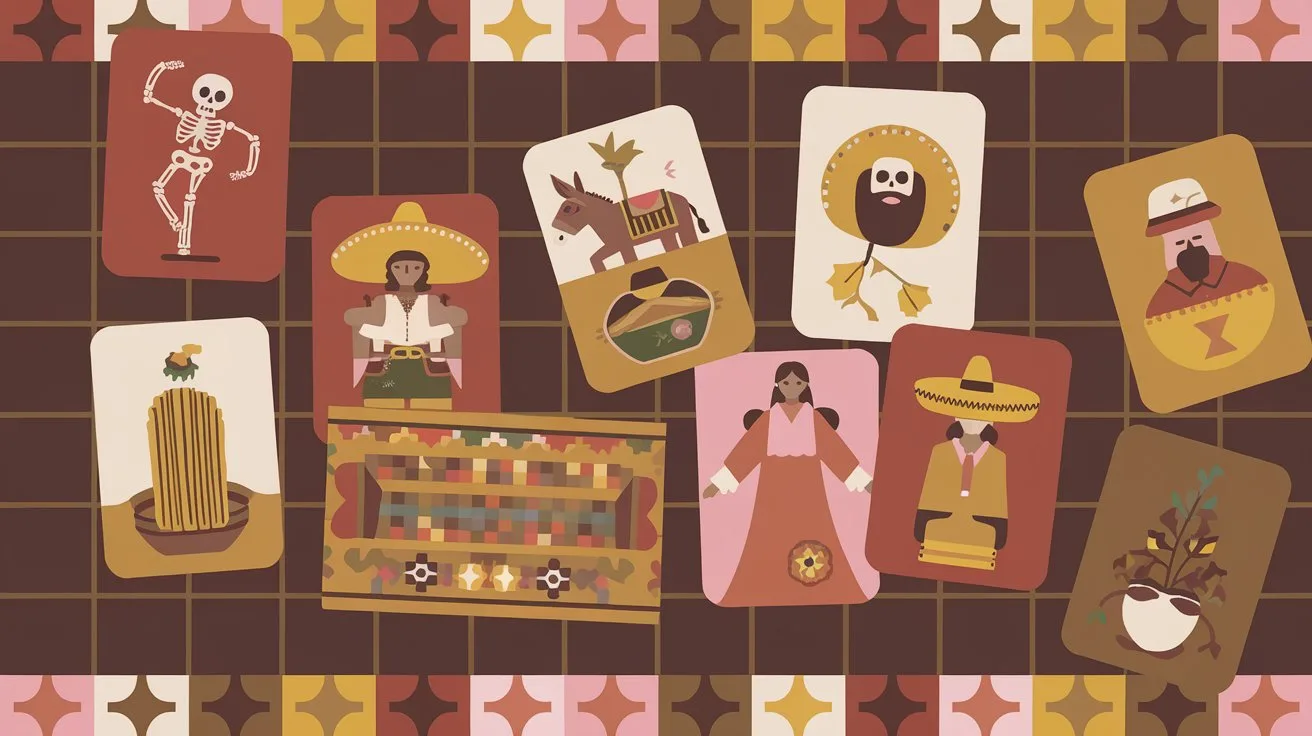
Traditional games with a fresh spin are my secret weapon for cognitive engagement. This Mexican version of bingo uses colorful images instead of numbers, making it perfect for seniors with varying cognitive abilities.
How to do it: Purchase Lotería cards online or print them yourself. Explain the traditional images and their cultural significance before playing. Call images slowly and celebrate wins with simple Mexican-themed prizes.
Why it works: Games like bingo provide cognitive stimulation and can promote social interaction. A study published in the Journal of the American Geriatrics Society found that board and card games, including modified versions like Lotería, improve cognitive performance in seniors.
6. Craft: Paper Flowers Workshop

How to do it: Provide tissue paper in bright colors pre-cut into 6-inch squares. Stack 6-8 sheets, fold accordion-style, secure in the middle with a pipe cleaner, and gently separate the layers to form the flower. These can be used to decorate the entire community afterward.
Why it works: Crafting supports fine motor skills and provides a sense of accomplishment. Research from the National Institutes of Health has shown a strong association between regular engagement in arts and crafts activities and improved cognitive function, especially in memory, and attention.
7. Armchair Travel to Mexico
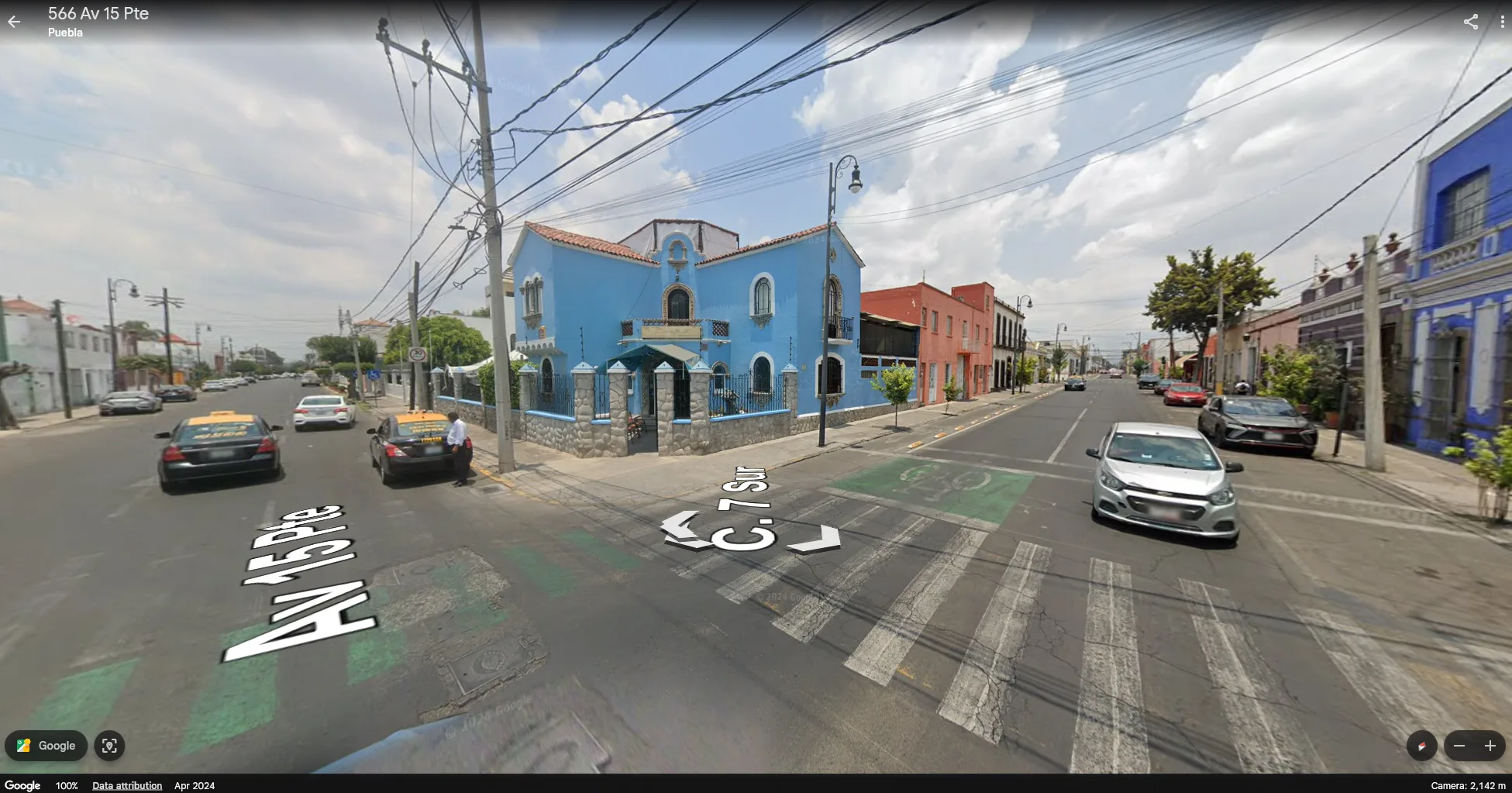
How to do it: Use YouTube videos or Google Earth to “visit” significant Mexican locations like Puebla (where the Battle of Cinco de Mayo occurred), Mexico City, and Oaxaca. Pair the visual tour with regional snacks and interesting historical facts.
Why it works: This activity reduces social isolation and offers a sense of wonder. Exploring new places, even virtually, can expand cognitive horizons and provides emotional benefits, such as increased engagement and reduced boredom. The Journal of Gerontology has published studies documenting the effectiveness of virtual reality tours in engaging seniors and improving their well-being.
8. Mexican Herb Gardening
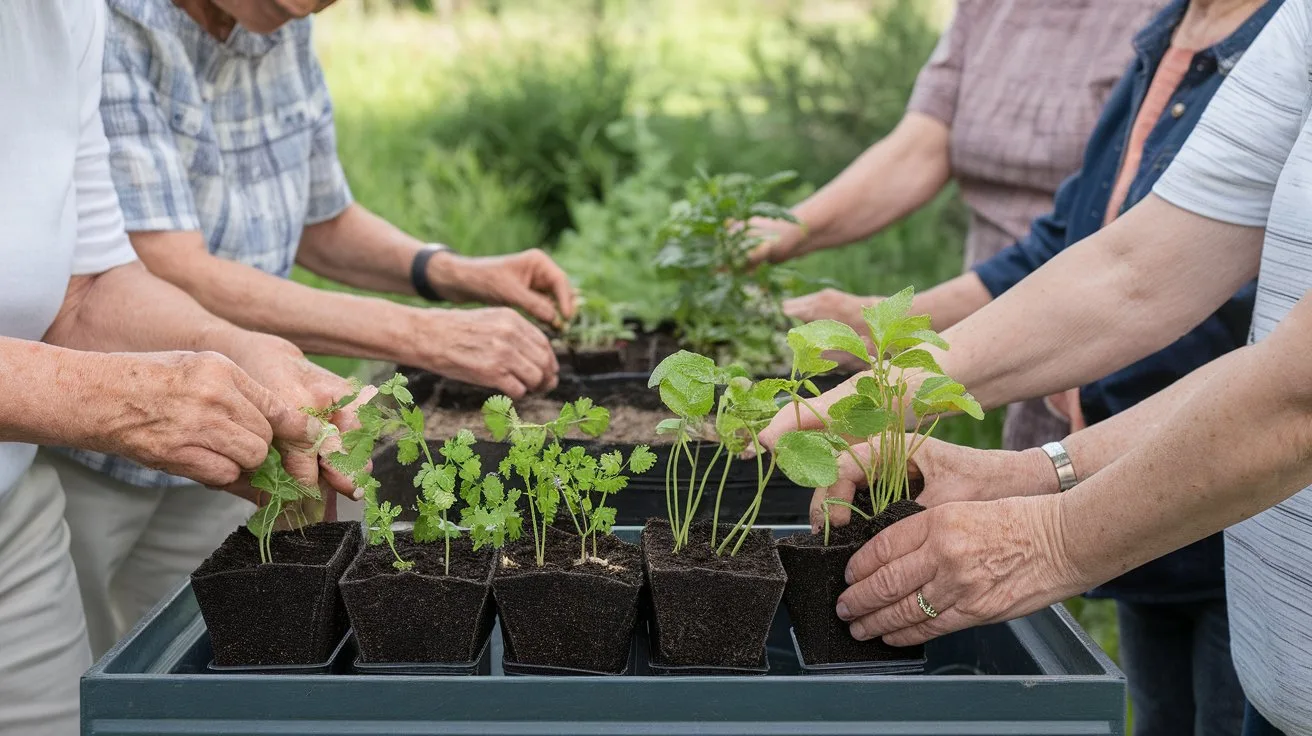
Here’s a two-for-one activity that keeps giving long after Cinco de Mayo has passed. Seniors get the immediate gratification of planting plus ongoing purpose in caring for their herbs.
How to do it: Set up a planting station with small pots, soil, and Mexican herb seedlings like cilantro, Mexican oregano, and mint. Help seniors plant their herbs and create decorative pot labels. Establish a care schedule.
Why it works: Gardening offers a two-fold benefit; the immediate enjoyment of planting plus the opportunity for ongoing responsibility and a sense of purpose. Horticultural therapy, which includes gardening, has been shown to increase self-esteem and life satisfaction. Gardening also improves coordination and offers opportunities to connect with nature.
9. Documentary and Discussion

How to do it: Screen a short documentary about Cinco de Mayo or Mexican culture (aim for 20-30 minutes maximum). Follow with a guided discussion using open-ended questions like, “What surprised you about the history of Cinco de Mayo?” or “How does this celebration compare to cultural celebrations from your own heritage?”
Why it works: Documentary screenings followed by structured discussions are a known tool for cognitive stimulation. Guided discussions, combined with video content, have been shown to stimulate cognitive function and encourage shared learning, leading to improved social connections.
10. Painted Terracotta Pots
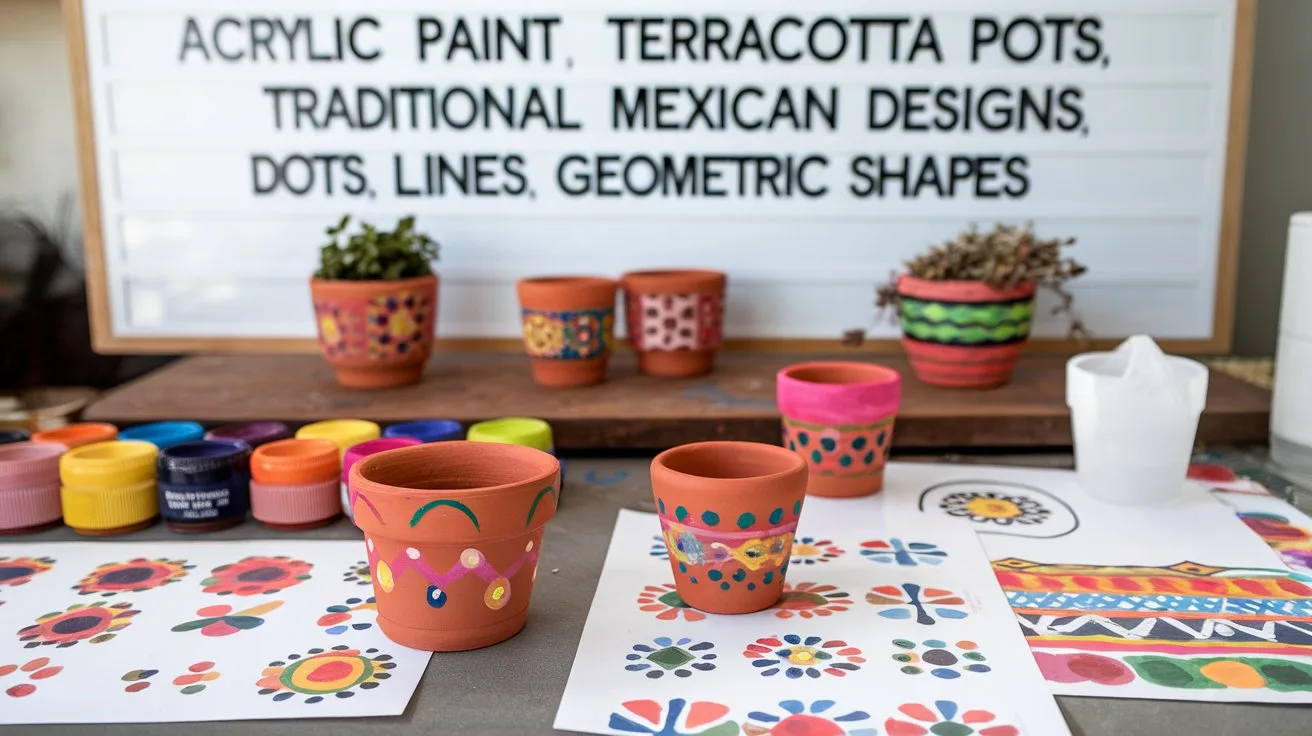
This activity combines creativity with Mexican folk art traditions in a way that’s accessible for almost everyone. Plus, seniors get a beautiful keepsake.
How to do it: Provide small terracotta pots, acrylic paint in bright colors, and printouts of traditional Mexican designs for inspiration. Demonstrate simple techniques like dots, lines, and geometric shapes. Once dry, these can hold the herbs from activity #8!
Why it works: Creative activities, like painting, stimulate the mind, reduce stress, and help seniors feel a sense of purpose. This hands-on activity encourages self-expression and can be easily adapted for different skill levels.
11. Cinco de Mayo Reminiscence Circle
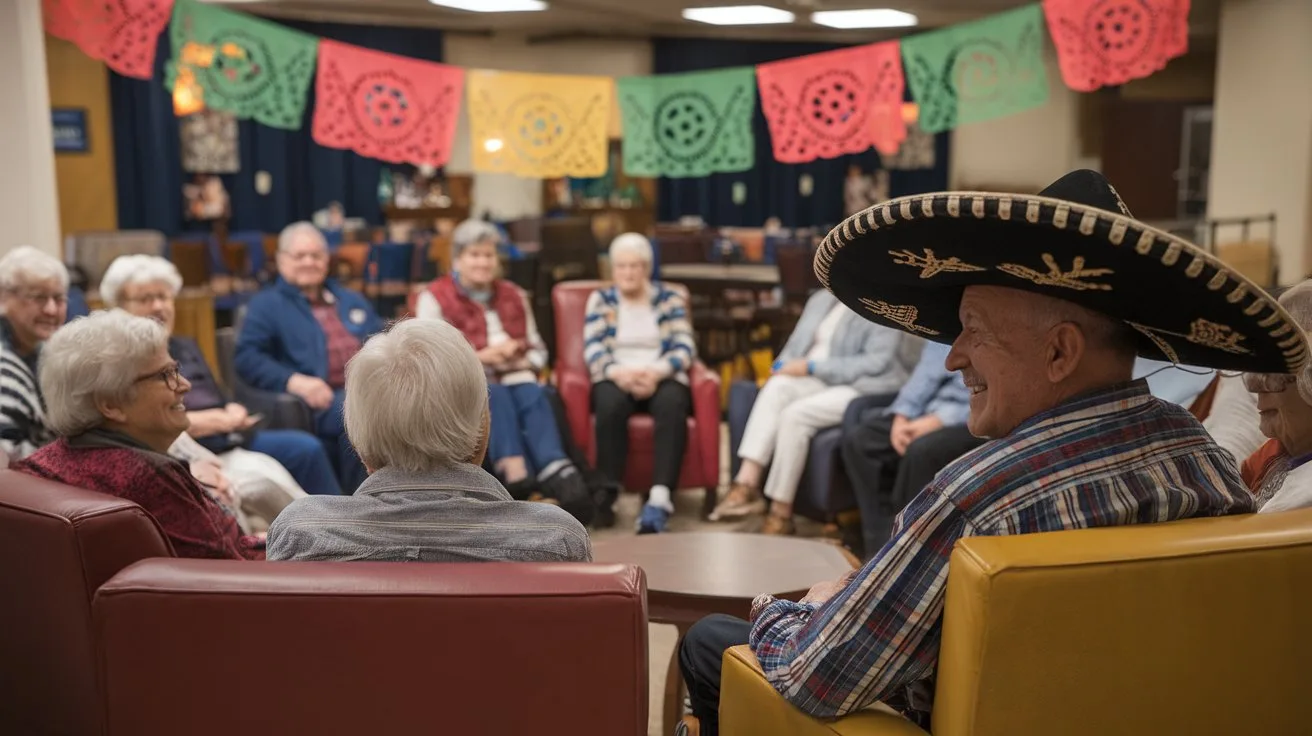
Never underestimate the power of storytelling – especially for seniors. This activity acknowledges their rich life experiences while creating cross-cultural connections.
How to do it: Arrange comfortable seating in a circle. Begin with a brief introduction to Mexican culture, then invite seniors to share their own experiences with Mexican food, music, or traditions they’ve encountered in their lives. Use gentle prompts to encourage participation.
Why it works: Sharing stories promotes social connections. Reminiscence therapy encourages communication, provides opportunities for social connection, and has been linked to improved mood. It also helps seniors explore their identity and strengthen their self-esteem.
12. Adaptive Piñata Activity

How to Create an Adaptive Piñata for Seniors: A Complete Step-by-Step Guide
Let me break down exactly how to create this adaptive piñata activity.
The Materials You’ll Need:
- A medium-sized sturdy box (a shoe box or gift box works perfectly)
- Colorful tissue paper (at least 5-6 different bright colors)
- 10-15 different colored ribbons (about 2 feet long each)
- Small individually wrapped prizes (suggestions below)
- Glue, scissors, and tape
- Number stickers or tags (one for each ribbon)
- A hole punch
Step 1: Prepare Your Box
This is where most people mess up, so pay attention:
Take your box and remove the lid. On the bottom of the box (which will actually be the top of your piñata), punch holes around the perimeter, spacing them about 2 inches apart. You’ll need one hole for each participant.
(Pro tip: reinforcing these holes with clear tape before punching prevents tearing during the activity— this small detail makes a huge difference!)
Step 2: Prepare Your Prizes
- Travel-sized hand lotions
- Individually wrapped chocolates
- Small picture frames
- Seed packets
- Scented sachets
- Compact mirrors
- Small notepads
- Pens with easy grip
- Bookmarks
- Lip balm
Wrap each prize individually in tissue paper and secure with tape. This creates that magical “unwrapping” experience that everyone loves—yes, even seniors!
Step 3: Connect Prizes to Ribbons
This is the “secret sauce” that makes this activity work:
- Thread each ribbon through one of the holes in your box
- Tie one end of each ribbon securely to a wrapped prize
- Place all prizes inside the box
- Make sure each ribbon extends outside its hole by at least 12 inches
- Attach a numbered tag to the external end of each ribbon
(A little-known trick: Use different colored ribbons to make them easier to distinguish, especially helpful for seniors with visual impairments.)
Step 4: Decorate Your Piñata
- Cover the entire box with glue (a glue stick works well)
- Apply tissue paper in overlapping layers
- Add fringe by cutting strips into some pieces of tissue paper before attaching
- Keep the bottom open so you can place the lid back on
Step 5: Set Up the Activity
Here’s where proper setup makes or breaks the experience:
- Place the lid back on the box once all prizes and ribbons are arranged
- Position the piñata on a central table that wheelchair users can easily access
- Arrange seating in a circle around the table (ensure 3-4 feet of clearance)
- Have scissors handy in case any ribbons get tangled
- Create a simple explanation card about piñatas in Mexican culture to read aloud
Step 6: Facilitate the Activity
- Begin with a brief 2-minute explanation of the cultural significance of piñatas
- Randomly distribute numbered cards that correspond to ribbon numbers
- Going in numerical order, invite each senior to gently pull their ribbon
- As each prize emerges, have the person unwrap it and show everyone
- Offer assistance only when needed (independence matters!)
The magic number is 10-15 participants maximum per piñata.
Ready to Transform Your Cinco de Mayo Celebration?
Remember – the most important ingredient isn’t the perfect decoration or the authentic recipe. It’s your commitment to creating meaningful moments of connection.
Start with just 2-3 of these activities this year. Track what works. Listen to feedback. Then expand your program next year.
And if you found this helpful, share it with another senior care professional who might benefit. Because when we share what works, everyone wins – especially our seniors.
¡Feliz Cinco de Mayo!



